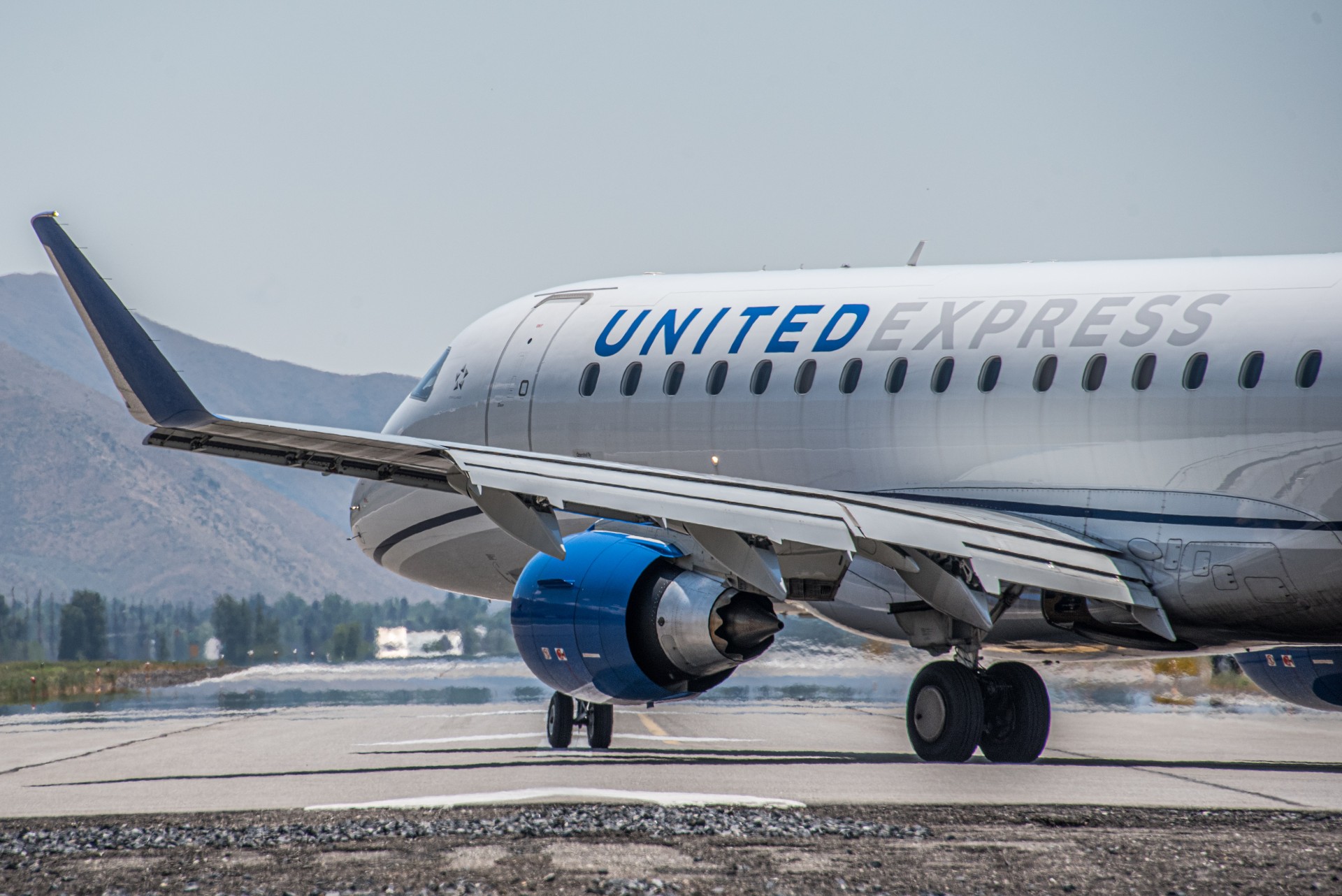Many of us wouldn’t give a second thought about the logistics on a flight from the United States to say Barcelona, -via a connecting flight on a European airline through Amsterdam- and then the American airline returning to the United States (or traveling on to another country).
Sure you may think about making connecting flights, lost luggage, and delays. However, the permissions involving the airspace to fly over other countries is not something many of us are aware of.
During the second world war, U.S. government officials recognized the technical advancements of the airplane, and the passenger and cargo transports soon to follow. After several studies and consultations between the United States and its major allies, an invitation was sent to 55 nations for a meeting to take place in Chicago, Ill. Later to simply be referred to as The Chicago Convention.
With WWII still miserably dragging on, this was a dangerous time in our history and many of these delegates traveled to the Chicago Convention under great personal risk. Nonetheless, 54 of the 55 delegates attended the conference in November 1944. The meeting concluded one month later with 52 of the 54 nations signing the agreement.
In addition to simplifying and standardizing airline regulations worldwide, they also sought to create the foundation for the International Civil Aviation Organization (ICAO). A specialized and funding agency of the United Nations, under which they set out to promote a safe and efficient development of civil aviation.
Freedoms are not automatically granted to an airline as a right; they are privileges that have to be negotiated and can be politically charged. All freedoms beyond the second agreement are negotiated through bilateral agreements. The 1944 Convention has been extended since then, and there are currently nine different freedoms.
The first five are officially recognized in the ICAO’s five freedoms agreement.
- The right to fly over a foreign country without landing- the airspace above a country is sovereign territory. Also called transit freedom.
- The right for airlines to land in foreign countries for technical stops (refueling). Not needed as much with planes that fly long distances without refueling.
- The freedom to carry traffic from a home country to another country for commercial services.
- The freedom to pick up traffic from another country to a home country for commercial services.
- The freedom to carry traffic between two foreign countries on a flight that either originated in or is destined for the carrier’s home country. Similar to the second. But they aren’t always granted together.
6.- While freedoms six through nine are widely accepted, they aren’t as universal as the sixth:
The “unofficial” freedom to carry traffic between two foreign countries via the carrier’s home country by combining third and fourth freedoms. Not formally part of the original 1944 convention, it refers to the right to carry passengers between two countries through an airport in the home country.
Freedoms seven through nine are rare except for in the European Union because they have a single aviation market:
- Allows an airline to fly between two foreign nations without connecting to its own.
- The right for an airline to fly between two cities and one foreign country while continuing to its own country.
- The right for a foreign airline to fly between two points in a foreign country without continuing to its own country.
So there you have it. How an industrious generation of national leaders managed to establish a means of shared airspace for peaceful purposes. Covering all aspects of flying, including technical, economic, and legal problems. Accomplishing it all during a world war! As you return to your travels this year and peer down to the earth below, you can thank the members at a convention 77 years ago for making it happen,- and the existing members for keeping it in place.
Did you know?
- There is not an actual line of separation between the sovereign territory and outer space. Some say it’s 19 miles above sea level, while others say it is 99 miles- where the lowest possible objects orbit around earth. The United States recognizes 50 miles above earth as the beginning of space.
- Chicago Convention consists of a total of 96 Articles
- Overflight fees are paid to the country’s being flown over for the use of their air traffic control services. Often political- and of late health-related in their rates, they are a cost of doing business.
- The first international civil aviation conference, held in 1910 and attended by European governments only, was deemed a failure. Transoceanic flight was then regarded as no more than a wild dream. Nearly a decade later the International Commission for Air Navigation was created and signed in 1919 in Paris before an international convention.
- As of March 2019, the Chicago Convention had 193 state parties, which includes all member states of the United Nations except Liechtenstein. The Cook Islands is a party to the convention although it is not a member of the UN. The convention has been extended to cover Liechtenstein by the ratification of Switzerland.
Read more: The International Civil Aviation Organization (ICAO) -The Chicago Conference of 1944 and The history of ICAO and the Chicago Convention

